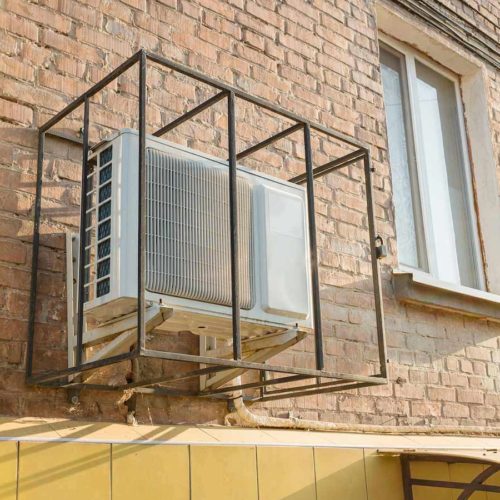
Buildings

Cut Costs, Reduce Carbon, and Improve Health with Demand Flexibility
As variable renewables and distributed generation surge to replace fossil fuels, the electrical grid must become more agile and data-driven to keep the lights on. And we cannot rely solely on traditional supply-side resources. Our decarbonized future will require flexibility on the demand side as well. Demand flexibility is the…

Tackling NO2 from All Sources to Help Fight COVID-19
As the COVID-19 pandemic relentlessly creeps closer to claiming a million lives worldwide, it’s never been more important to understand what makes us vulnerable to the worst effects of the virus. While the risk factors of COVID-19 are still under extensive investigation, new research shows that air pollution plays…

Climate Change Is Ravaging California. It’s Time to Electrify.
COVID-19 isn’t the only crisis taking a toll on California this summer. Record-breaking heat has helped fuel the largest wildfire season on record, with more than two million acres already burned. Smoke from the fires has blanketed much of the state, causing some of the worst air quality in…

Climate Action is Heating Up in Illinois: Here’s the Missing Piece
Illinois is poised to be a national climate leader. After committing to cut carbon emissions in line with the Paris Climate Agreement, Governor JB Pritzker recently continued his push for climate action with a new set of principles for a clean and renewable Illinois economy. In the state legislature,…

We Need a New Approach to Cooling
The world’s first air conditioner was developed in 1902 to remove humidity from a building. Willis Carrier’s invention, that enabled the precise control of temperature and humidity, became the fundamental building block for modern air conditioning, evolving through the 1920s into air conditioners to provide cooling to the built environment.